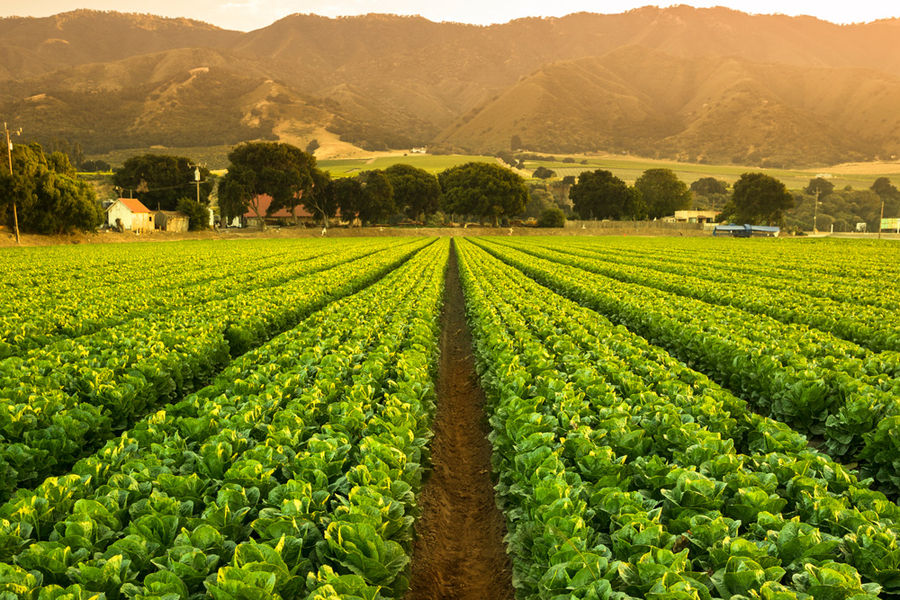Context:
According to a recently published study, planting low-cost and low-maintenance crops grown solely for renewable bioenergy production on some of the existing agricultural lands can reduce biodiversity losses significantly.
Key findings of the study:
- Importance of Strategic Land-Use Planning: This new research published in the Journal of Applied Ecology in June 2024 underscores the critical role of strategic land-use planning in achieving goals related to bioenergy production, climate change mitigation, and biodiversity restoration.
- Benefit of Energy Crops on Degraded Agricultural Land: Energy crop plantation can reduce biodiversity losses compared to converting natural habitats and prioritize the utilization of existing agricultural areas rather than encroaching on natural ecosystems.
- Impact on Biodiversity: Energy crop plantations, particularly those with diverse plant mixes and in regions dominated by existing agriculture, can sometimes be more beneficial for biodiversity than current agricultural practices.
However, planting energy crops in areas with high natural vegetation cover, especially in tropical regions, may lead to significant biodiversity reductions. - Comparison with Natural Habitat Conversion: While restoring natural vegetation remains the most effective method for biodiversity conservation, strategically planting energy crops on existing agricultural land presents a less harmful alternative compared to converting natural habitats.
- Biodiversity Intactness Index (BII): The study utilizes the Biodiversity Intactness Index (BII) to assess the impact of energy crop plantations on native terrestrial species.
It identifies regions where planting energy crops could least detrimentally affect biodiversity, such as Central Europe and the eastern coasts of the USA and China.
It was also found that plantations that replace existing agricultural land in West Africa could bring some small benefits to BII levels. - Optimal Locations for Energy Crop Plantations: Replacing agricultural land with energy crops in optimal locations, particularly in regions like the United States and Europe, can minimize negative impacts on biodiversity.
This approach may even lead to neutral or slightly positive changes in the BII by providing additional habitats for various species groups, including invertebrates and birds. - Conservation Perspective: The research suggests that, while prioritizing the restoration of farmland to natural vegetation is ideal for biodiversity, planting energy crops on existing farms is a pragmatic approach to meet future energy demands without further compromising natural habitats.
- Call for Thoughtful Decision-Making: As the expansion of energy crop plantations continues to support global renewable energy targets, decisions on their location and the restoration of degraded lands must carefully consider ecological impacts alongside environmental and social considerations.
About the Energy Crops
- Energy crops are specifically cultivated to produce energy through direct combustion or gasification of the crops in the form of electricity, heat, or liquid fuels such as ethanol which is used in farm machinery.
Energy crops are cultivated specifically to produce renewable energy and lessen dependence on conventional energy sources.
- They include annual crops like maize and sorghum, harvested within a year for biogas and biochar.
- Perennial crops such as Miscanthus and switchgrass are grown over several years, offering benefits like carbon storage and soil preservation.
- Woody crops like poplar and eucalyptus are used for wood and energy, processed into biofuels through pyrolysis and combustion.
- These crops play a crucial role in generating biomass-based renewable energy and addressing environmental concerns like carbon emissions and soil erosion.

